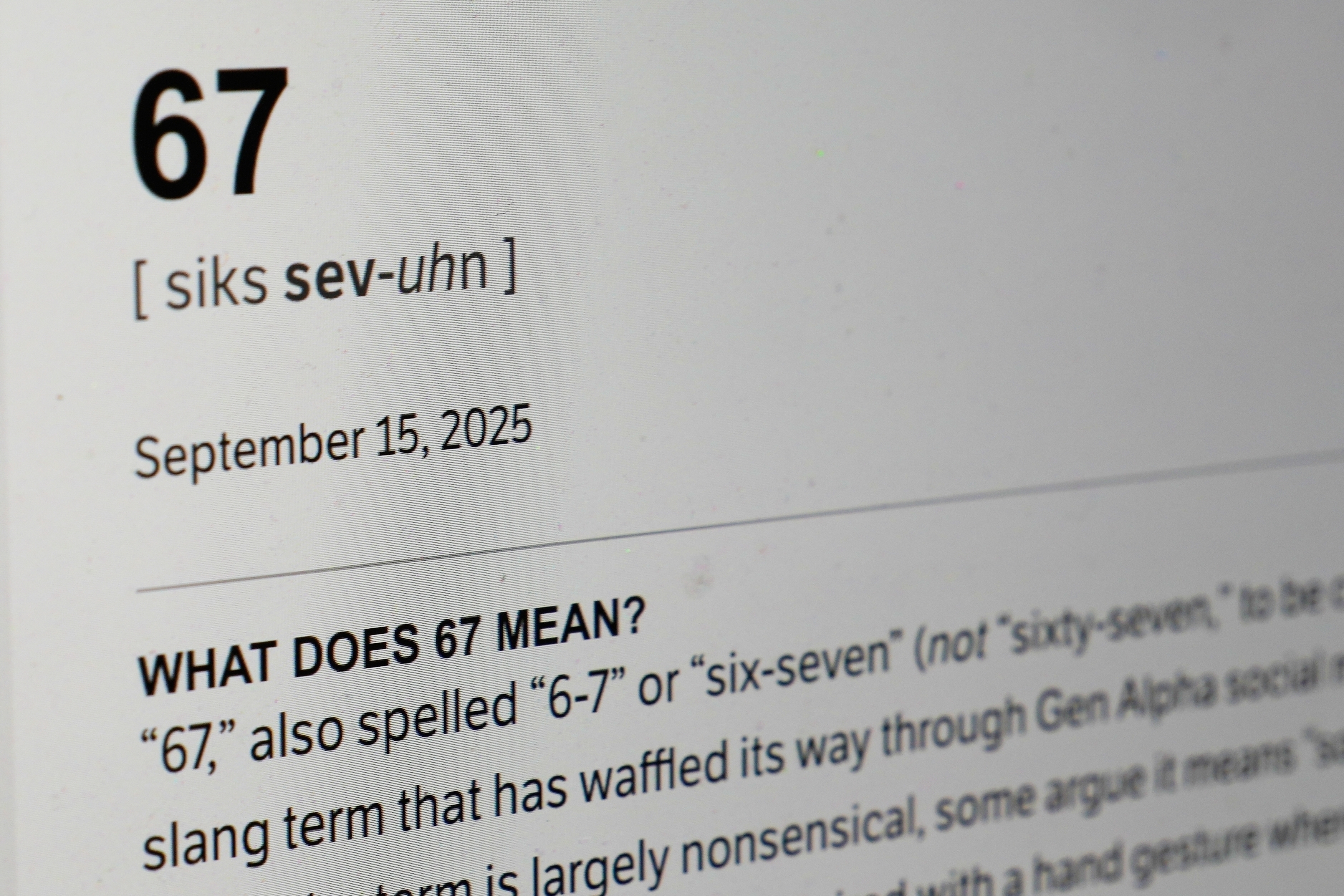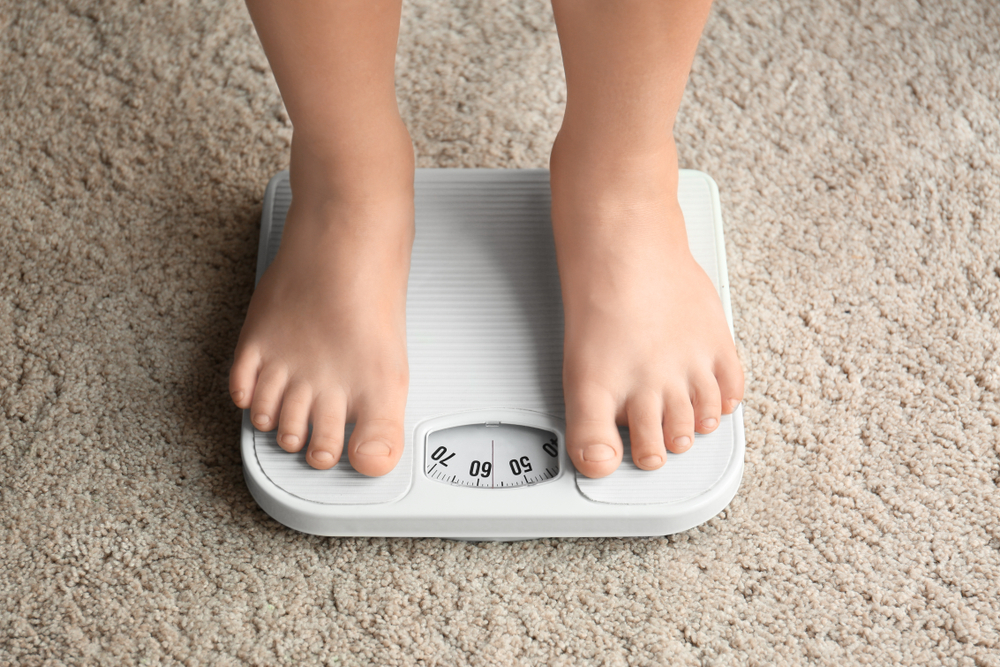Hearing a pop come from your knee is never a good sign. In some cases it can mean an ACL tear, which stands for anterior cruciate ligament.
But why these tears happen can be different in men and women. In fact, science shows women are actually more prone to ACL injuries.
So how can you protect yourself from a tear?
We’re doing the research for you so you can focus on harnessing your health.
“So when someone tears their ACL, typically it is a non-contact, pivoting type of event that causes injury to the knee,” said Dr. Geoffrey Doner, an orthopedic surgeon with Colorado Orthopedic Specialists.
“What happens is, there'll be a translation between the tibia, which is your shin bone and your femur, which is your thigh bone which then will cause tearing of the ligament.”
ACL tears almost always produce symptoms, according to Dr. Doner. It’s pretty uncommon for them not to.
“Typically, they will have immediate swelling and pain and typically will fall down after this type of injury. So, what they're feeling is that pop on actually the fibers of the ACL ligament, which is made up of collagen, actually tears in half or pulls off the bone,” said Dr. Doner.
How an ACL gets torn is the same across the board for men and women. But women have some added factors against them that can make them more likely to tear their ACL.
Studies have shown women are two to eight times more likely to tear the ligament compared to men.
“Females have a wider pelvis. So, when your pelvis is wider and then that goes down into your knee, typical women will have a little bit more alignment of knock knee or valgus where their knees go more toward the inside versus a male. So, that can put increased stress across the knee causing increased chance of tearing,” said Dr. Doner.
There are factors outside of bone structure that also put women at an increased risk.
“Hormonally a number of studies have been done to show estrogen, progesterone these hormones that fluctuate throughout the woman's reproductive cycle month to month,” said Dr. Jonathan Napolitano, a sports medicine physician at Nationwide Children’s Hospital.
Different levels of hormones can impact ligament laxity, flexibility, strength, and control.
“And there's a lot of fluctuations there, some positive, others negative.”
Things like hormones and bone structure can’t really be altered to help prevent ACL injuries in women. But how women are trained in sports, can.
“The way in which they land from a jump, the way that their different muscles activate in different ways. Those things can be trained and there have been a number of programs that have been developed that are called ACL prevention programs, aimed at really correcting some of those imbalances,” said Dr. Napolitano.
ACL prevention programs address things like how to land from a jump correctly. If a person is landing flat-footed, the knees may not be bend and could absorb all the shock from the landing, instead of it being dispersed throughout the legs.
“Another thing is, females can also tend to be more quad dominant. So, what that means is, their quadricep muscles can be stronger than their hamstring muscles,” said Dr. Doner.
“So really emphasizing training your hamstring and doing weight training of your hamstrings is something you can do to help counteract that.”
A study published this year that Dr. Napolitano was involved in, found ACL prevention training can cut the risk of injuring the ligament in women by half.
Dr. Napolitano was involved in a study this year that found this sort of training cut the risk of ACL injuries for women by half.
“Their risk of ACL injury goes from 1 in 54 to 1 in 111,” said Dr. Napolitano.
Implementing ACL injury prevention programs could be as simple as coaches downloading guides online. You can also take matters into your own hands and do the training yourself or with a professional, like a physical therapist.












